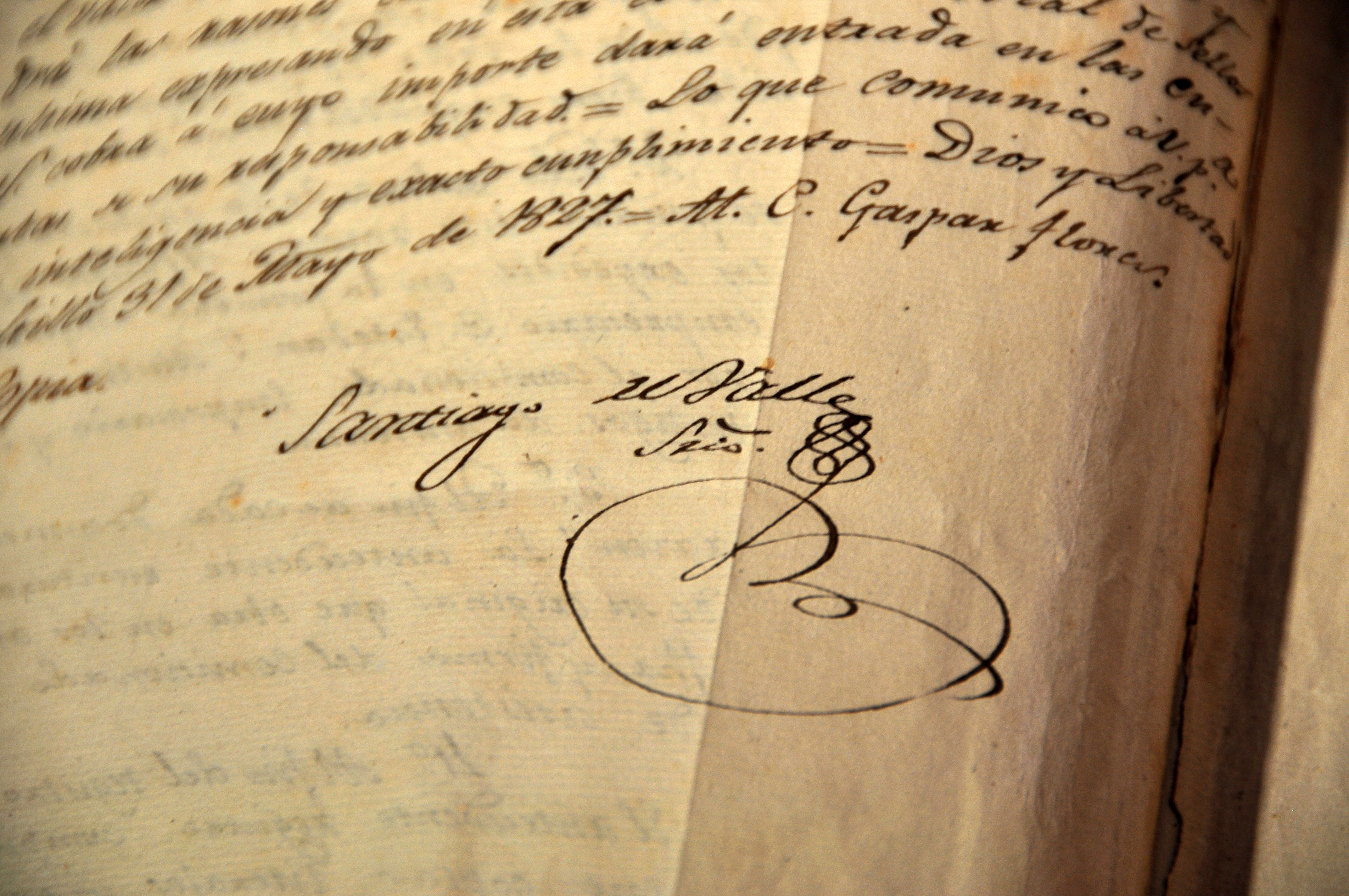County/Region:
Cameron
Project Partner/Recipient:
City of South Padre Island
Summary:
The City of South Padre Island designed and constructed a wooden, removable drive-over at the beach access point.
County/Region:
Cameron
Project Partner/Recipient:
City of South Padre Island
Summary:
The City of South Padre constructed one permanent, single-stall ADA-compliant bathroom at the Fantasy Circle beach access point, and constructed an ADA pathway from the parking lot to the restroom facility.
County/Region:
Cameron
Project Partner/Recipient:
Texas Parks & Wildlife Department
Summary:
Texas Parks & Wildlife Department investigated and recommended habitat modifications and restoration measures to reduce nonpoint source pollution to the Arroyo Colorado or mitigate existing conditions that aggravate poor water quality conditions.
County/Region:
Matagorda
Project Partner/Recipient:
Matagorda County Navigation District
Summary:
Matagorda County Navigation District covered part of the know operating expenses during the first year of operation for the Oily Bilge Water Pumpout Facility at the Port of Palacios.
County/Region:
Brazoria
Project Partner/Recipient:
Texas A&M University - Engineering Experiment Station
Summary:
Texas A&M University - Engineering Experiment Station will help inform future interventions to protect the Cedar Lakes ecosystem and relevant coastal infrastructure.
County/Region:
Brazoria
Project Partner/Recipient:
Brazoria County
Summary:
The Brazoria County Parks Department constructed a parking and pedestrian beach access through a newly acquired property to access the beach.
County/Region:
Brazoria
Project Partner/Recipient:
General Land Office
Summary:
County/Region:
Brazoria
Project Partner/Recipient:
Brazoria County
Summary:
County/Region:
Brazoria
Project Partner/Recipient:
Brazoria County
Summary:
County/Region:
Brazoria
Project Partner/Recipient:
Brazoria County
Summary:
This project included data collection, permitting and final engineering design for a three-phase beach nourishment project to construct a feeder beach along the Gulf facing shoreline of Follett’s Island.
County/Region:
Cameron
Project Partner/Recipient:
Cameron County
Summary:
Cameron County purchased a second compactor truck with sidelift to enable the county to empty all 500 trash barrels each day and offer a place for guests to discard litter.
County/Region:
Chambers
Project Partner/Recipient:
Chambers County
Summary:
Chambers County rebuilt the restrooms at Fort Anahuac Park in Anahuac to ensure compliance with ADA standards.
County/Region:
Galveston
Project Partner/Recipient:
Galveston County
Summary:
The County of Galveston Beach & Parks Dept. cleaned two trails and constructed overlook decks adjacent to the wetlands area at Fort Travis Seashore Park.
County/Region:
Galveston
Project Partner/Recipient:
Galveston County
Summary:
Galveston County enhanced existing recreational services and added a valuable educational component to the park by adding additional connection trails and signage to the park.
County/Region:
Harris
Project Partner/Recipient:
Galveston County
Summary:
Galveston County designed and constructed a restroom building.
County/Region:
Willacy
Project Partner/Recipient:
Willacy County
Summary:
Willacy County developed designs the following elements at Fred Stone Park: ADA restroom, roadway reconstruction, parking lot with ADA parking spaces, ADA compliant nature trail, appropriate safety lighting, and waste receptacles.
County/Region:
Project Partner/Recipient:
Willacy County
Summary:
The project will feature an innovative design of a dynamic living shoreline protection system. This includes strategically placed nearshore segmented breakwaters and an enhanced shoreline with the creation of native marsh habitat.
County/Region:
Willacy
Project Partner/Recipient:
Willacy County
Summary:
Willacy County will construct a new ADA-compliant restroom facility and sidewalk that connects all park features and amenities within Fred Stone Park.
County/Region:
Matagorda
Project Partner/Recipient:
Texas A&M University - AgriLife Extension Service
Summary:
Texas A&M AgriLife Extenson Service developed freshwater inflow standards for the Lake Austin watershed to support the sustainability of East Matagorda Bay wetlands and estuarine waters.
County/Region:
Upper Coast
Project Partner/Recipient:
Texas A&M University at Galveston
Summary:
Texas A&M University at Galveston monitored the response of primary producers in Galveston Bay to nutrient and sediment loading from the Trinity River relative to the San Jacinto River.








